
How to Wire a 5 Way Trailer Plug (It's Easier Than You Think)
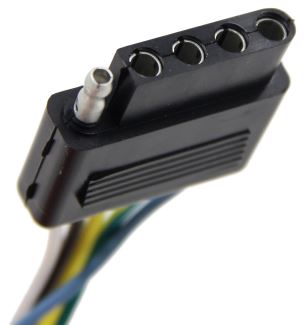
What is the Color Code for 5-Way Trailer Wiring?
Green: Right turn/brake light Yellow: Left turn/brake light Brown: Tail/running lights White: Ground wire Blue: Reverse lockout
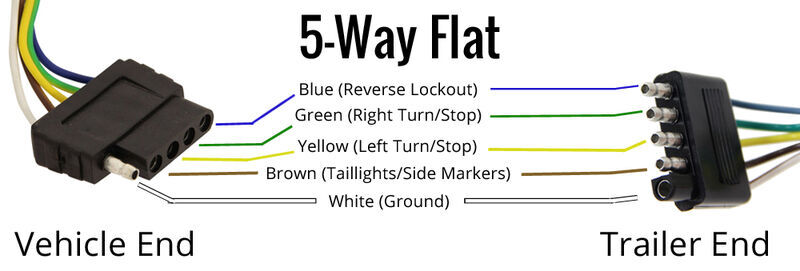
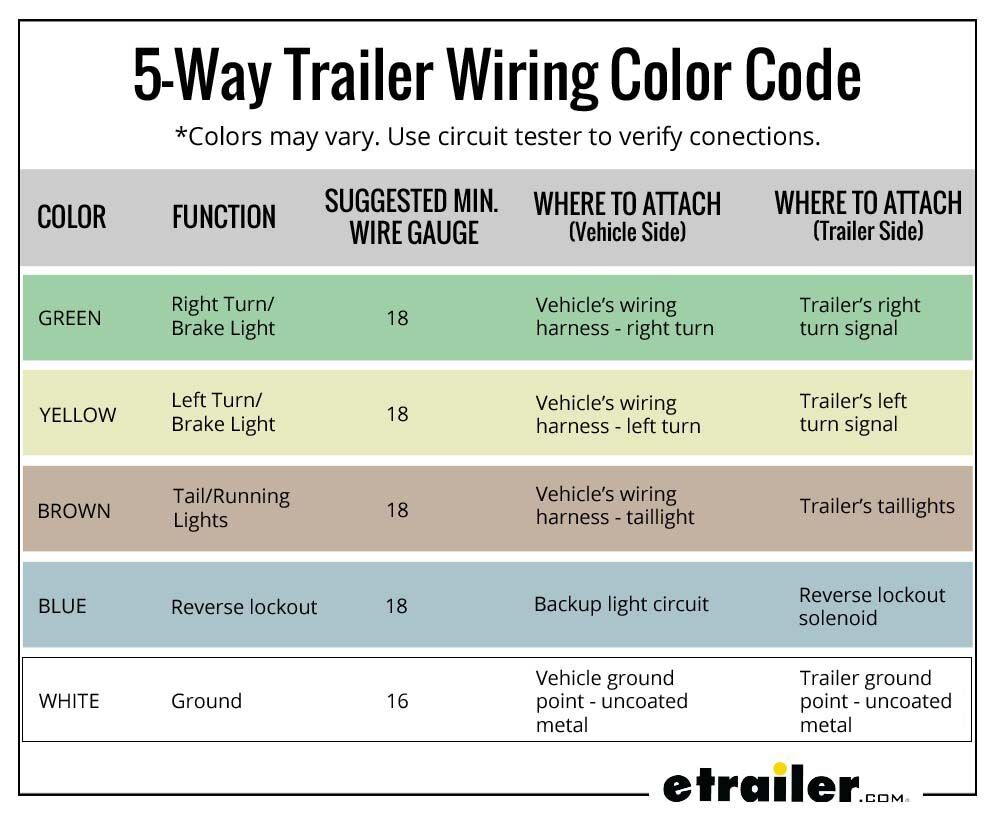
Wiring a Trailer with a 5-Way: Step by Step
Trailer Side
Step 1: Prepare for Trailer Wiring Installation
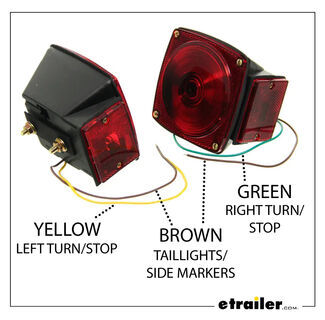
Step 2: Connect Ground to Trailer Frame
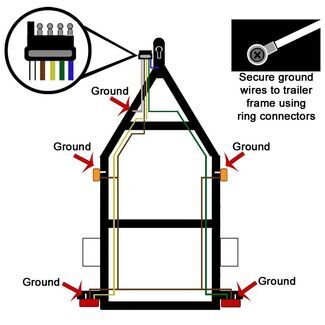
Step 3: Run Wires Along Trailer Frame
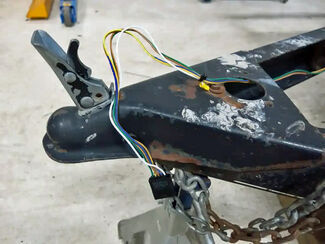
Step 4: Make Trailer Connections
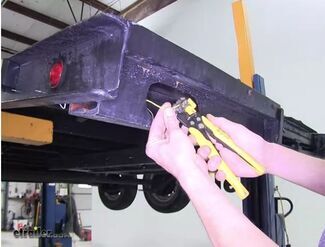
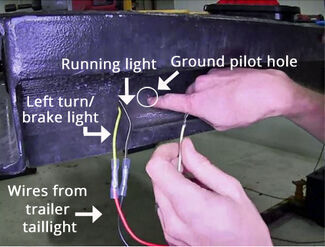
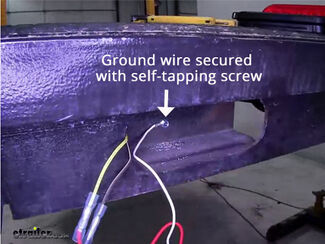
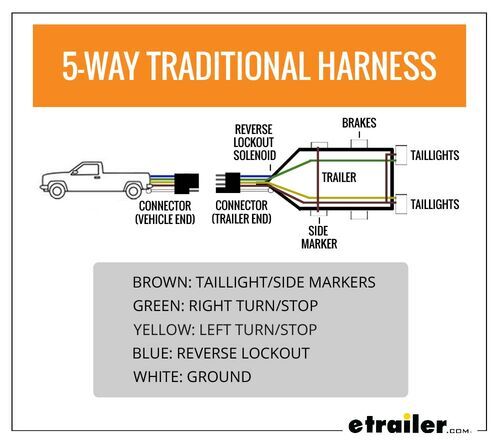
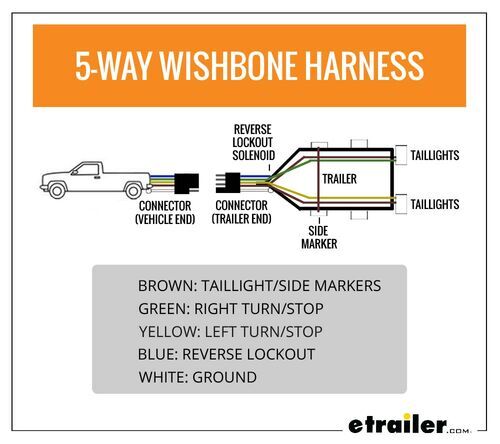
Vehicle Side
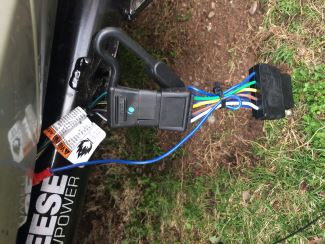
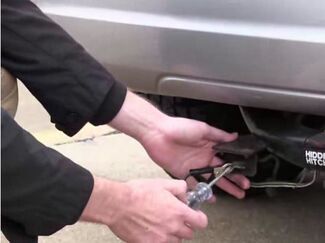
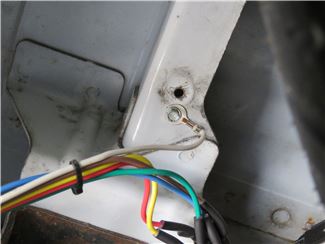
Some vehicles require you to route a power wire from the harness to the vehicle battery because the vehicle's electrical system cannot handle the amperage draw of the trailer lights. For a breakdown of how to route a power wire for a trailer wiring harness, click here. If the vehicle connector is under the vehicle, use a mounting bracket to attach it to the vehicle. This will help prevent damage that may occur if the connector is left dangling. Use a small amount of grease on all electrical connections—the plugs on your automobile and the 5-pole connector itself—to help prevent corrosion.
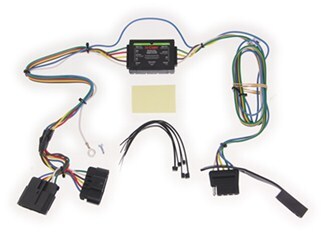
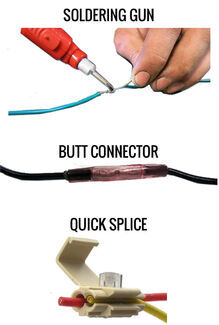
Departments
Towing
- Trailer Hitch
- Fifth Wheel
- Gooseneck
- Towing a Vehicle
- Front Hitch
- RV Hitch
- ATV Hitch
- HD Truck Hitch
- Vehicle Wiring
- Brake Controller
- Ball Mounts
- Weight Distribution
Sports and Recreation
Trailer Parts
- Utility Trailer
- Boat Trailer
- Landscape Trailer
- Enclosed Trailer
- 5th/Camper Trailer
- Car Hauler
- Horse Trailer
Vehicle
Contact & Help

What our customers are saying:
"Very helpful/friendly Customer Service. Competitive Pricing. Shipping was Fast."
John
Mankato, MN
Popular Vehicles
- Subaru Forester
- Ford F-350 Super Duty
- Ford F-250 Super Duty
- Chevrolet Silverado 1500
- Jeep Wrangler Unlimited
- Jeep Wrangler
- Ram 3500
- Toyota Highlander
- Ram 2500
- Chevrolet Silverado 2500
- Subaru Outback Wagon
- Chevrolet Silverado
- Dodge Ram Pickup
- GMC Sierra 2500
- Ram 1500
- Ford F-250 and F-350 Super Duty
- Jeep Grand Cherokee
- Toyota Tacoma
- GMC Sierra 3500
- Toyota Tundra
- Ford Escape
- More >>






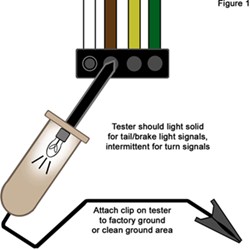
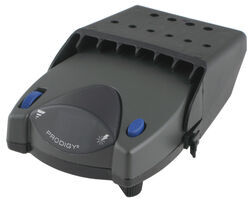
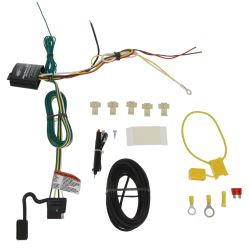
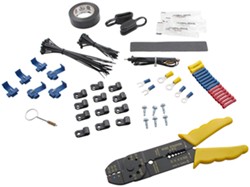
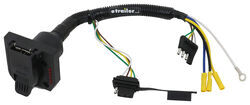
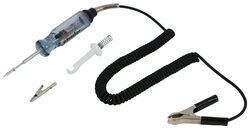
















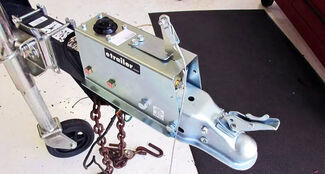








Steve J.
2/13/2023
It all worked for me! Thanks etrailer!